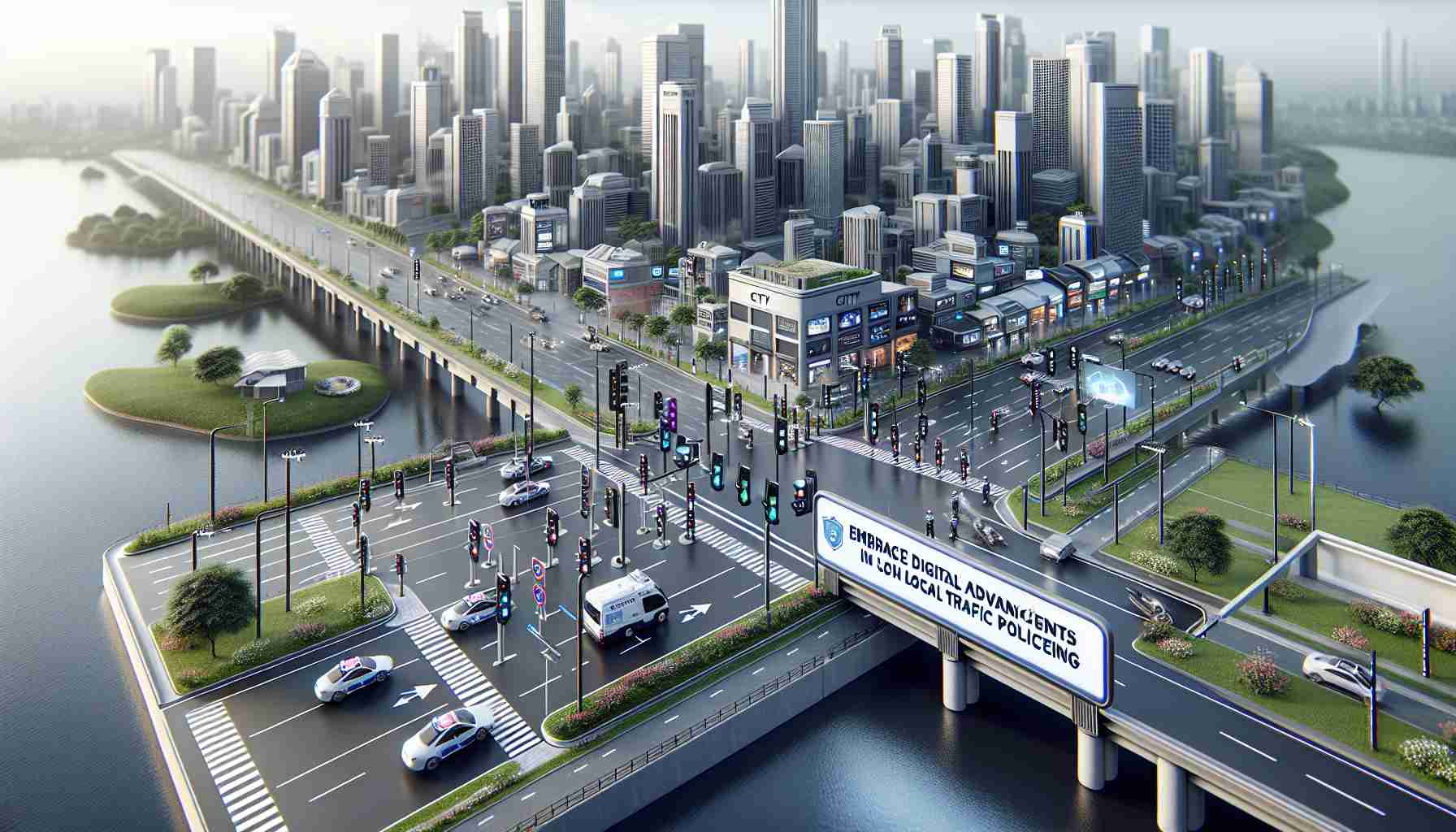Lucera’s Local Police Step Into the Digital Age
In a move towards modernity, the local police force in Lucera has recently introduced a cutting-edge digital system designed to enhance the enforcement of traffic regulations. This technological upgrade is part of a comprehensive digitalization strategy launched by both the police command and the municipality of Lucera.
Smart Technology for Street Law Enforcement
Officers are now equipped with the latest generation of smartphones, which come with special software to perform specific road code violation checks. The software is connected to the internet around the clock and links directly with the databases of the Ministry of Transport and the Motorizzazione Civile (Motor Vehicle Department). Initially, this system will pay particular attention to monitoring illegal parking.
Streamlined Administrative Processes
With the new system, manual transcription of violations is now a thing of the past. All data is transmitted online directly from the officer’s smartphone to the local police database, eliminating the need to manually enter information at office terminals. Even photos can be attached to reports, providing valuable evidence during particular situations.
Convenient Penalty Notices for Motorists
Drivers found in violation will now discover a warning notice placed on their windshields. This notification is printed on the spot by the officer and includes the vehicle’s details, information about the infringement, and the associated fine. Distinctively shaped like a narrow receipt, this advance warning includes a QR code. When scanned with a personal smartphone, the code directs to payment options, which range from public service apps to home banking and includes local banks, post offices, and affiliated retailers.
This leap in technology substantially elevates the operational capabilities of Lucera’s local police by enabling real-time verifications, previously only possible back at the office or through a central control center. With faster administrative processes, they can increase territorial surveillance and maintain public order more effectively.
Most Important Questions and Answers:
Q: What are the key challenges associated with the implementation of digital advancements in local traffic policing?
A: Key challenges include ensuring the security and privacy of the data collected, especially personal information linked to vehicle registrations. It is also vital to train officers on the new technology to prevent misuse and to overcome any resistance to change from police staff accustomed to traditional methods.
Q: Are there any controversies related to this digital upgrade?
A: One potential controversy could be public concern over surveillance and data privacy. Citizens might worry about how their data is used and whether there is potential for abuse or unauthorized access. Ensuring transparency in how data is handled can mitigate these concerns.
Advantages and Disadvantages:
Advantages:
– Increased efficiency in enforcing traffic laws, which can lead to safer streets.
– Real-time data access allows for quick verification of vehicles and offenses.
– Digitally issued penalty notices with direct payment options make the process more convenient for motorists.
– Reduction in administrative burdens allows police to focus more on fieldwork.
Disadvantages:
– Initial costs of implementing the digital system can be high, including equipment and training expenses.
– There is a risk of technical issues or system failures that could disrupt the process.
– Potential privacy concerns and the need for robust cybersecurity measures.
– Possible resistance from police officers or other staff members who are not tech-savvy and prefer traditional methods.
To further explore topics related to digital advancements in local policing, feel free to visit the official websites of relevant government bodies or municipal authorities that might provide additional insights or updates. For instance, you could visit Italy’s Ministry of Interior for national policies or strategies regarding digitalization in law enforcement. Please ensure that any URL provided is confirmed to be valid and secure before visiting.
